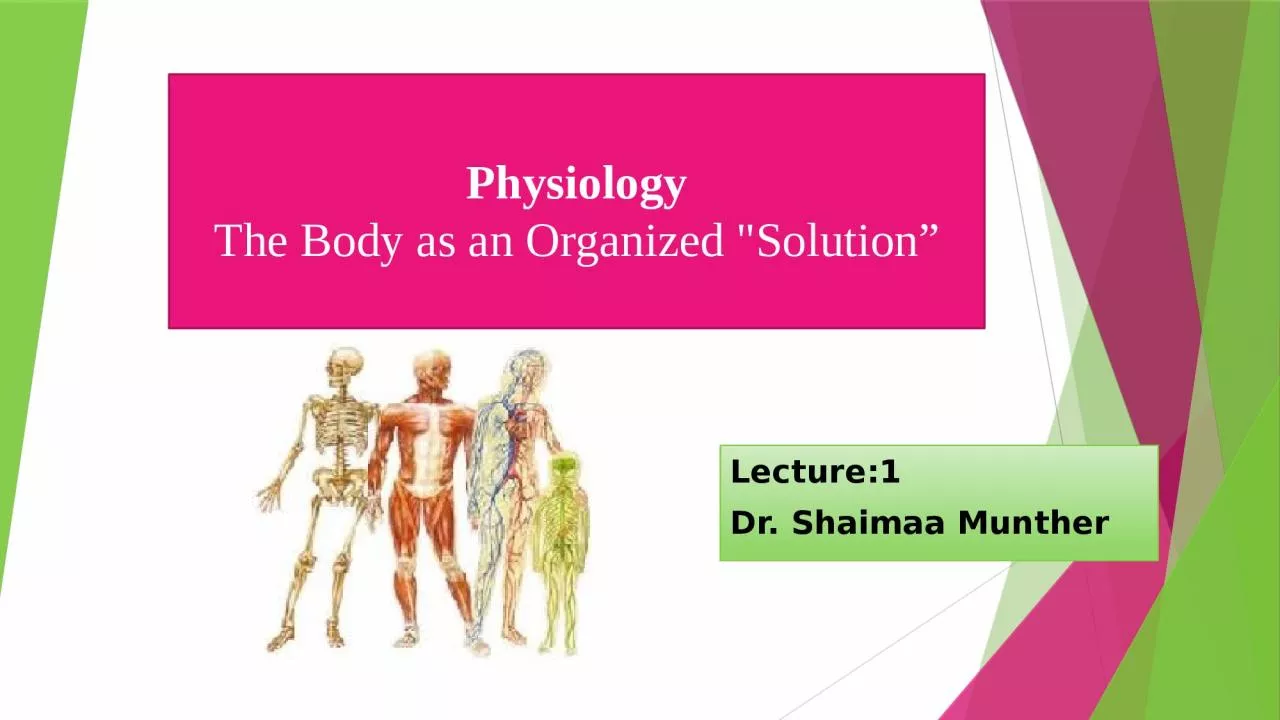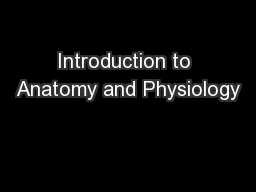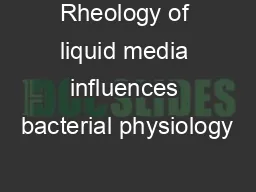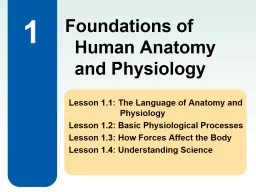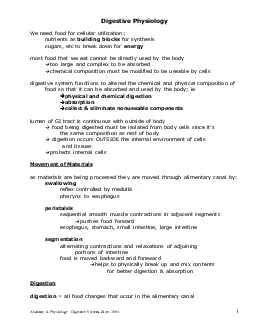PPT-Physiology The Body as an Organized "Solution”
Author : ivy | Published Date : 2023-11-15
Lecture1 Dr Shaimaa Munther Physiology The science that is concerned with the function of the living organism and its parts and of the physical and chemical processes
Presentation Embed Code
Download Presentation
Download Presentation The PPT/PDF document "Physiology The Body as an Organized "Sol..." is the property of its rightful owner. Permission is granted to download and print the materials on this website for personal, non-commercial use only, and to display it on your personal computer provided you do not modify the materials and that you retain all copyright notices contained in the materials. By downloading content from our website, you accept the terms of this agreement.
Physiology The Body as an Organized "Solution”: Transcript
Download Rules Of Document
"Physiology The Body as an Organized "Solution”"The content belongs to its owner. You may download and print it for personal use, without modification, and keep all copyright notices. By downloading, you agree to these terms.
Related Documents

